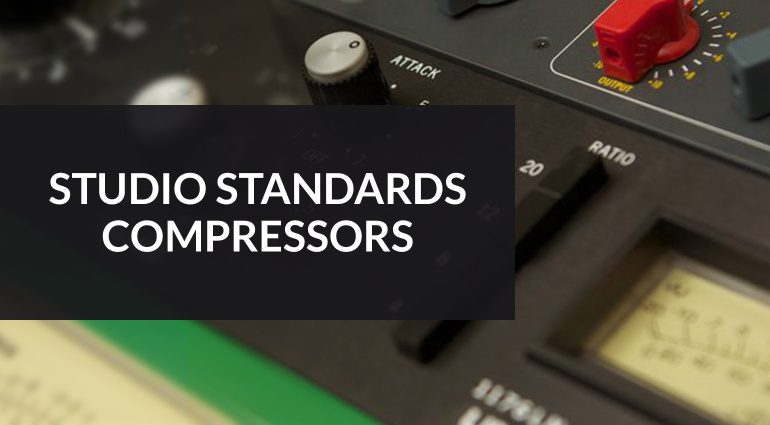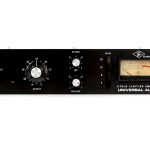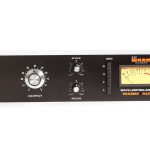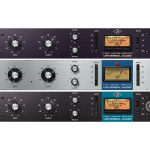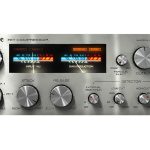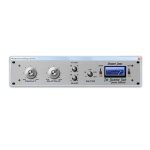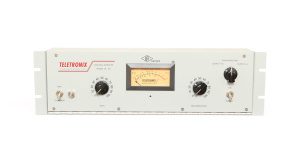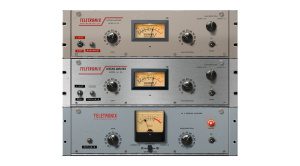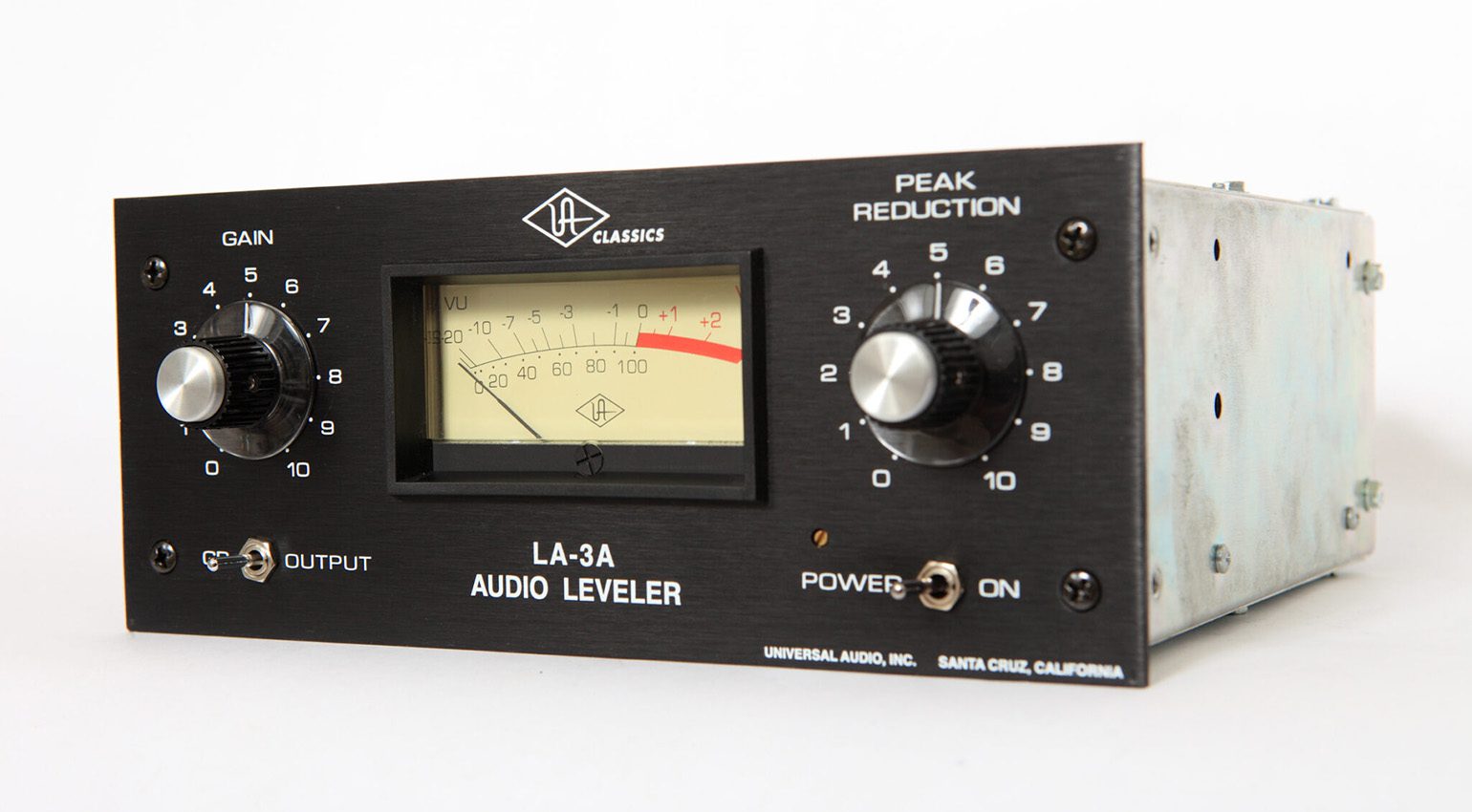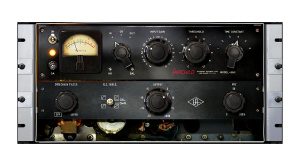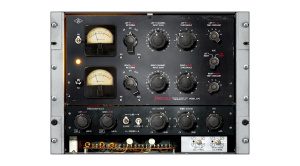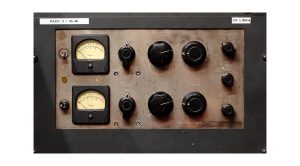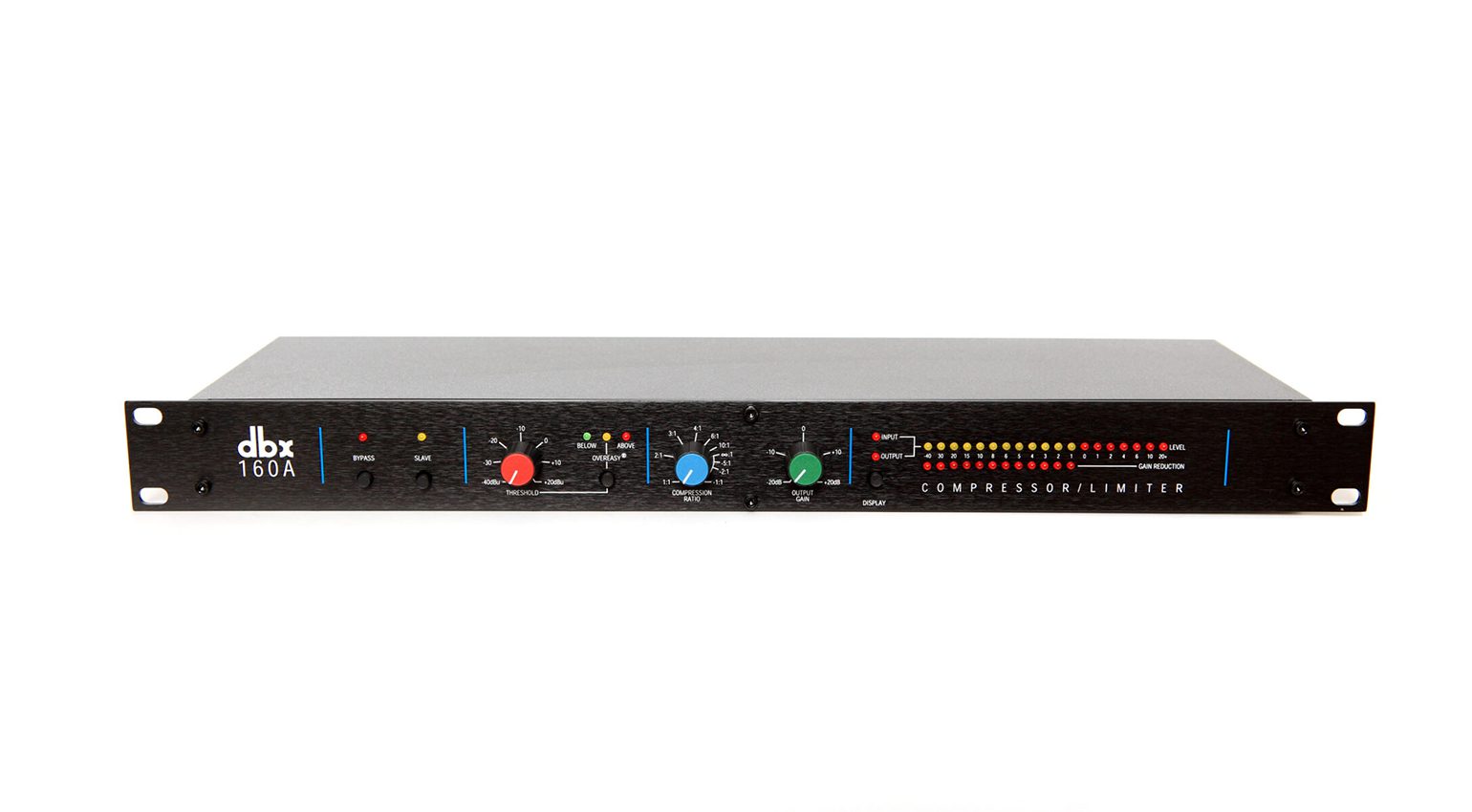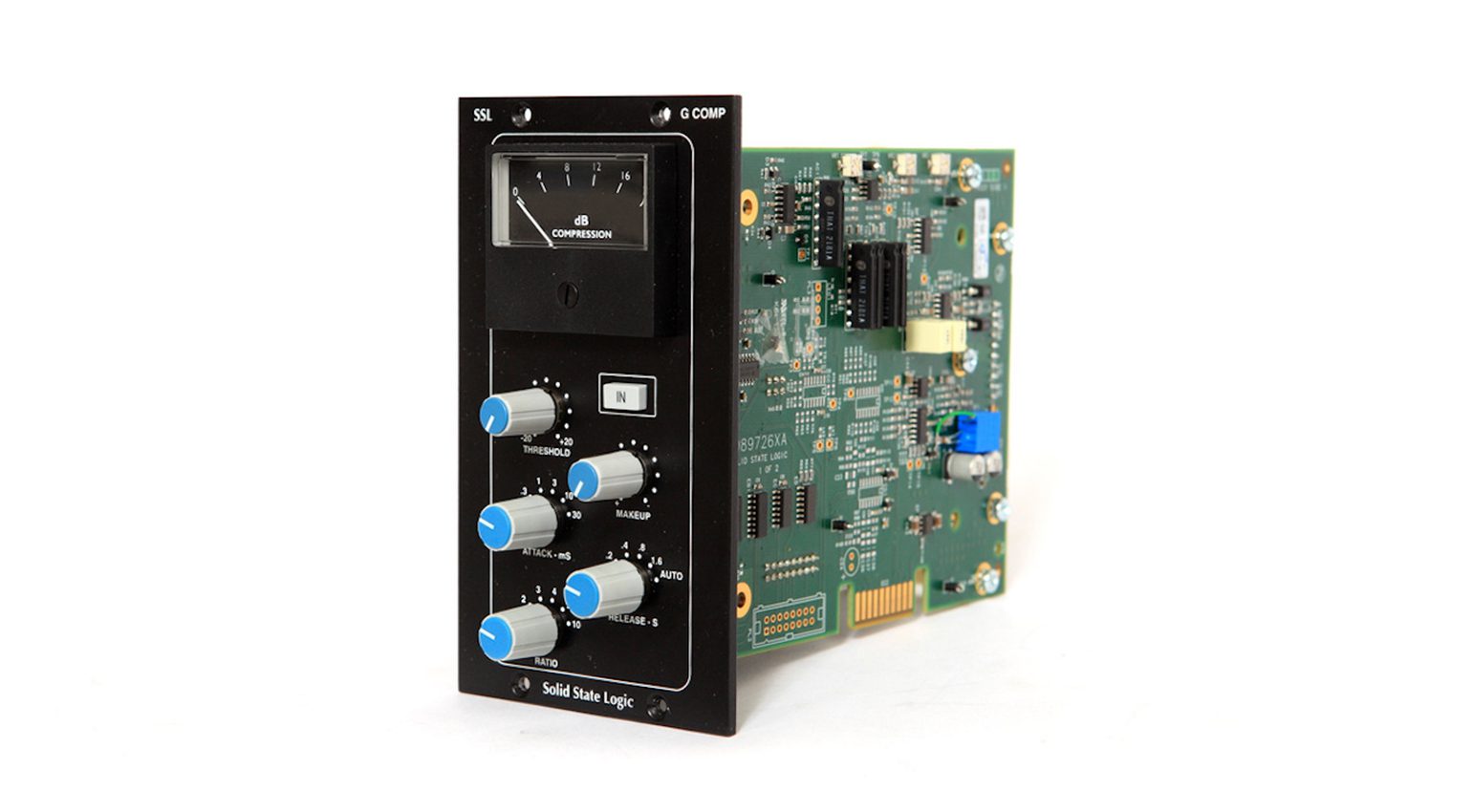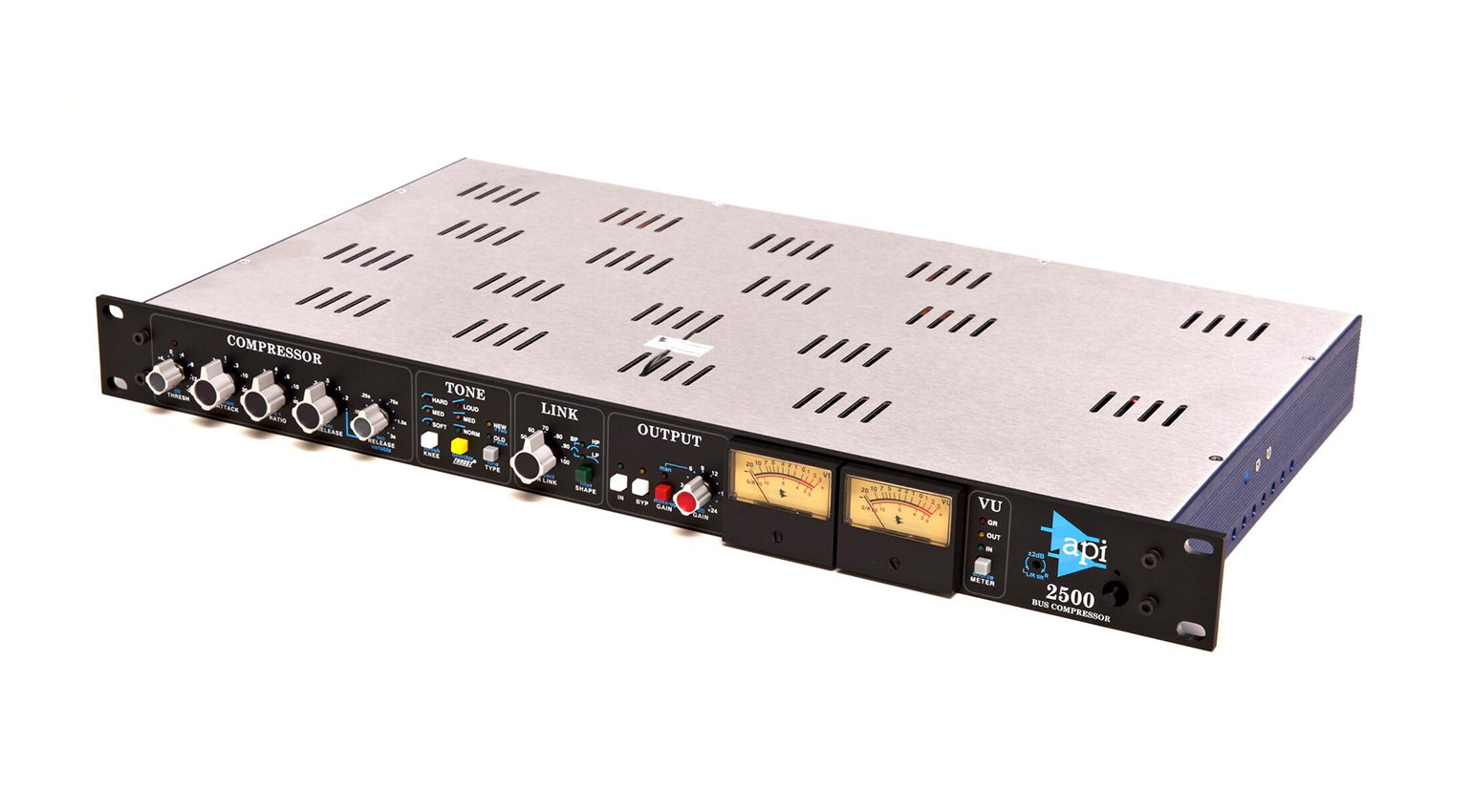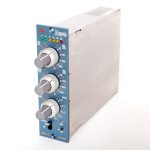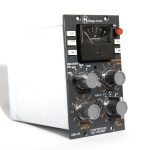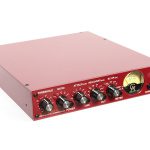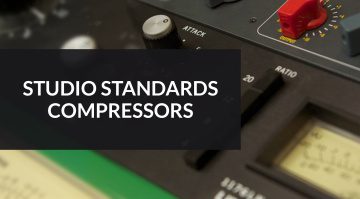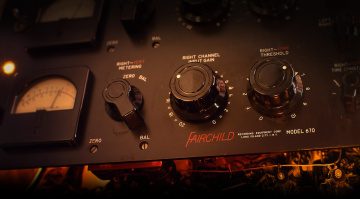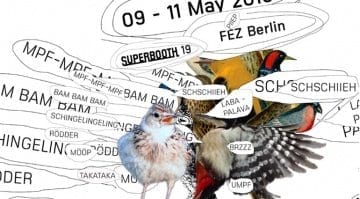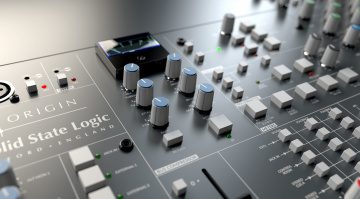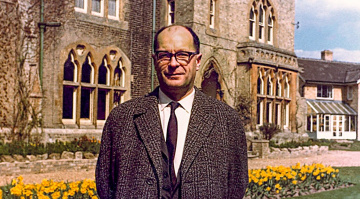Studio Standards: Classic Compressors and Limiters
First and foremost, compressors and limiters are tools that perform the technical task of controlling the dynamics of an audio signal. But beyond that, several classic compressor designs have gained a reputation for their unique sonic characteristics that helped shape the sound of many epochal records. In this edition of our Studio Standards series, we look at some of the most famous classic compressors and limiters that have achieved legendary status in the world of audio.
A small warning before we get started: These classic compressors are almost exclusively anything but cheap. Unfortunately, this even applies to most reissues and replicas. Thankfully, all of them have been modeled as software (multiple times in some cases), so you can get a glimpse of what they can do for much less than you’d have to cough up for a hardware original. That said, many say that hardware still reigns supreme.
Classic Compressors: Urei 1176
The 1176 is probably the most famous compressor of all time. This mono unit, whose panel design became a classic in and of itself, uses a field effect transistor (FET) for level reduction. Unlike most other compressors, the 1176 doesn’t have a threshold control. Instead, you set the levels using the input and output gain knobs; the input level determines the amount of compression. Four compression ratios are accessible via push buttons: 2:1, 4:1, 8:1, and 20:1 – the latter being the reason why the 1176 is called “Limiting Amplifier”.
- Universal Audio 1176LN Limiting Amplifier · Source: Bonedo
- Warm Audio WA76 · Source: Bonedo
- Universal Audio 1176 Classic Limiter Plug-In Collection · Source: Bonedo
- Softube FET Compressor · Source: Bonedo
- Antress Seventh Sign Freeware Plugin · Source: Bonedo
Another distinctive feature of the 1176 is its enormous speed: 50 milliseconds for the release and 20 microseconds for the attack time. And here’s another quirk: As you turn the knobs clockwise, the times get shorter, not longer.
With its blazing speed, the 1176 excels at catching peaks, which makes it a popular choice for controlling snare and bass drum, but also for catching and thickening fast consonants of the human voice. Due to its transformers, the 1176 applies a good helping of color to the signal at higher levels. And then, there’s the famous “Easter Egg”: By pressing all ratio buttons at the same time, you can activate “All Buttons Mode”, which varies ratio, attack and release in a somewhat crazy way and sounds significantly richer than normal mode.
Throughout its long history, the 1176 was produced in several revisions. Today, the compressor is available from Universal Audio as the reissued 1176 LN, and there are various replicas by Warm Audio, Wes Audio, and others.

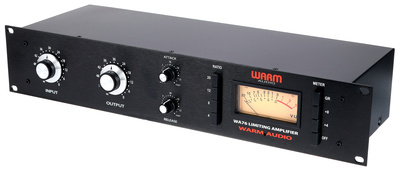

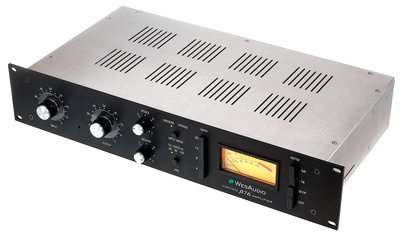

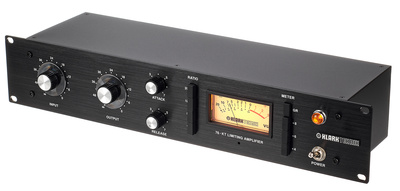

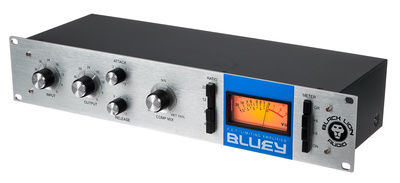

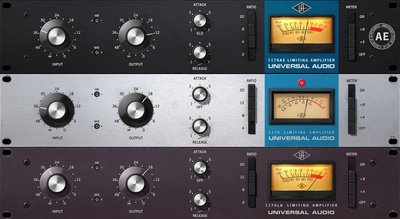
By the way, there was also a Urei 1178, which was touted as a stereo version of the 1176. It’s a bit more subdued than the 76, but also has its devoted fan base, especially for drum overheads and stereo guitar buses.
Teletronix LA-2A and LA-3A
“If the 1176 is the Fender Stratocaster of compressors, then the LA-2A is the Gibson Les Paul.” There is some truth to this saying, as the 1176 tends to be snappy and bright, while the LA-2A is more rounded, warm, and gentle. In fact, it’s a completely different beast than the 1176. First of all, the LA-2A is a tube compressor. Moreover, it doesn’t use a FET circuit, but an optocoupler – the famous T4 cell. Furthermore, the times aren’t adjustable, and neither is the ratio (apart from a choice between “Compress” and “Limit”). This makes the LA-2A delightfully easy to use: Simply set the gain and gain reduction and let it do its thing.
- Universal Audio Teletronix LA-2A · Source: Bonedo
- Universal Audio Teletronix LA-2A Classic Leveler Plugin Collection · Source: Bonedo
Like the 1176, the LA-2A was reissued by Universal Audio, albeit at a price. Several manufacturers make hardware compressors inspired by the classic. The Black Lion Audio B172A even includes clones of both the 1176 and the LA-2A. Another one I love is the Anthony DeMaria ADL1000.

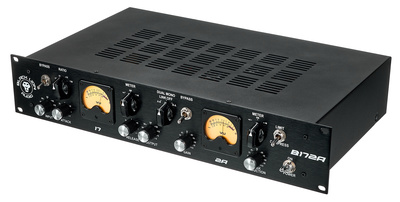

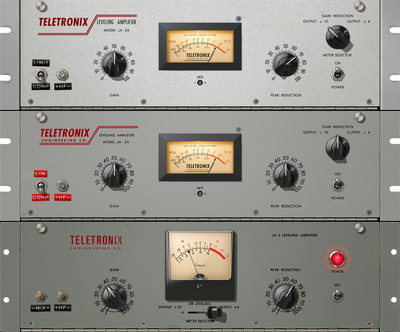
The LA-3A is a smaller (and cheaper) variant that has similar controls but uses solid-state technology instead of tubes.
Fairchild 660 and 670: Made of Unobtanium
If you thought that the 1176 and LA-2A were expensive, they’re a far cry from the Fairchild, whose astronomical price tag puts it way out of reach even for most professional users. The Fairchild 660 and the stereo version 670 are enormously elaborate tube compressors with incomparable coloration (and an unmatched number of tubes and transformers). They’re often considered to be the best tube compressors ever built, and their sound is indeed magical. Whether it’s drums (like on Beatles records), vocals, bass, or anything else: the Fairchilds have an inimitable way of fattening and enriching any signal. Sadly, even hardware clones or reinterpretations tend to cost five figures, with the exception of the clones released by Heritage Audio in 2022 (which are still quite pricey, though).

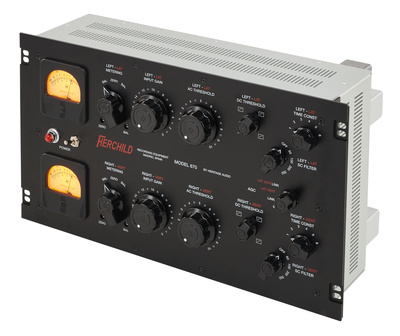

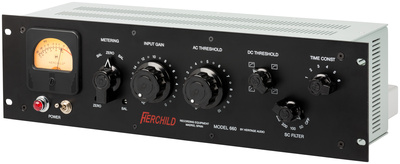

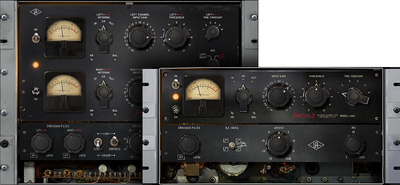
- Universal Audio Fairchild 660 Tube Limiter Plugin · Source: Bonedo
- Universal Audio Fairchild 670 Tube Limiter Plugin · Source: Bonedo
- Original Fairchild compressor at Hollywood’s Ocean Way Studios · Source: Bonedo
dbx 160: Classic VCA Compressor
Now for something completely different. The dbx 160 is a VCA compressor workhorse that does its thing rather cleanly and unobtrusively and has simple controls. Originally introduced in 1976, the 160 evolved over time, until dbx discontinued the 160A a few years ago. The 160 is a favorite for bass – not only in the studio, but also for live applications. The ingenious “Over-Easy” circuit causes a soft-knee characteristic at higher ratios, thereby making the compression less noticeable. However, the 160 has no time parameters. One of its main advantages (and one of the reasons why it became so widespread) is the comparatively low price.

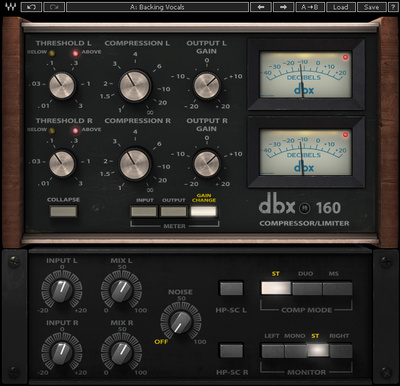
SSL G-Series Bus Compressor
Threshold, ratio, attack, release, make-up gain: The bus compressor from the Solid State Logic G-series consoles is the blueprint of a classic VCA compressor. And it became so popular that it is used in SSL consoles to this day and is also available separately. In addition to a 500-series cartridge, SSL now makes the BUS+, which is the most recent evolution of the classic circuit with digital controls. And of course, there are countless plug-ins, such as the one by SSL itself. The G Compressor stands out for its restraint, but that doesn’t mean that it can’t be bitey and crunchy, which makes it a popular choice for sharper, edgier mixes. One of its best features is its versatility.

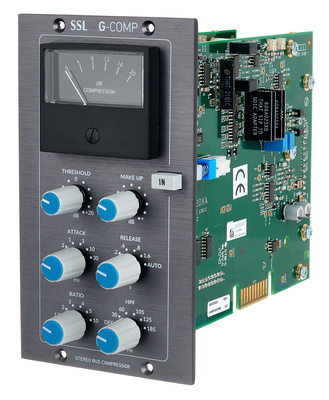

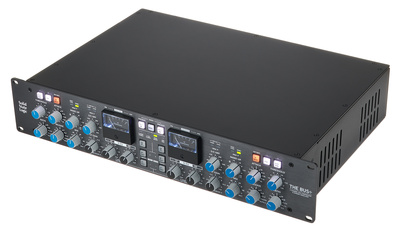

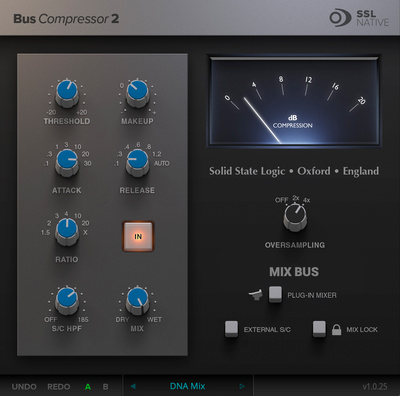
API 2500
The 1U API 2500 Bus Compressor is one of the most popular choices for the drum bus. On top of being fast, energetic, and technically flawless, the API 2500 is one thing: versatile! Besides the comprehensive level and time parameters, the tone section with the Thrust circuit and the adjustable stereo link feature are its killer features. And of course, there’s an external sidechain input. The current variant is the API 2500+ released in 2020. Plugin emulations are available from Universal Audio and Waves, among others.

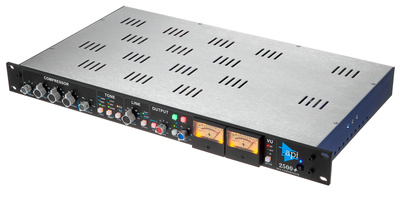

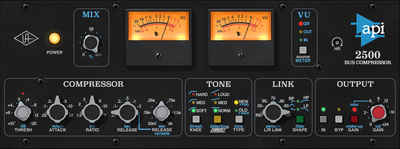

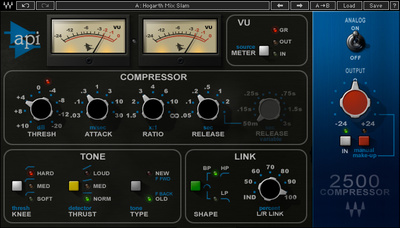
Neve 2254, 2264, 33609: Classic Diode Bridge Compressors
Typical Neve creaminess is also delivered by the 2254 by audio icon Sir Rupert Neve, along with its successors/evolutions 2264 and 33609. Their main standout feature is the diode bridge design, which ensures that audio material of any kind is prescribed a tranquilizer pill. This works extremely well on vocals, guitars, or on buses. Today, various rackmount and 500-series variants are available from both Rupert Neve Designs and AMS Neve.

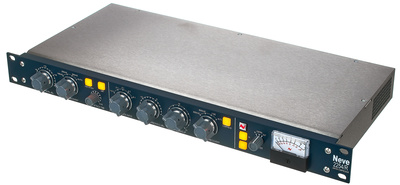

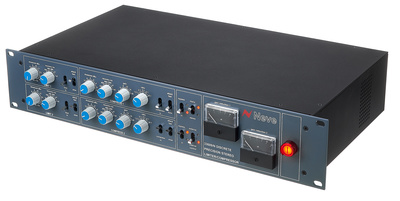

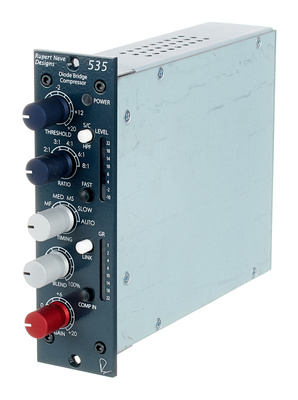

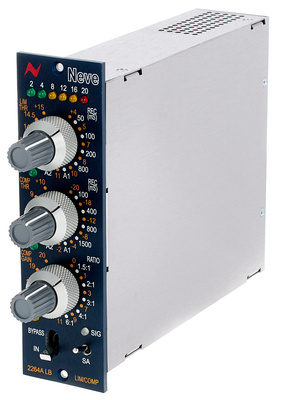

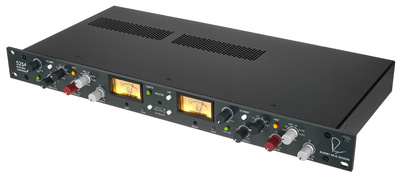

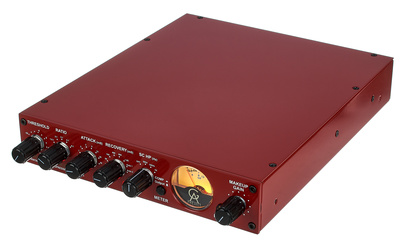
- AMS Neve 2264ALB · Source: Bonedo
- Heritage Audio 2264 JR · Source: Bonedo
- Golden Age Project Comp-54 MKII · Source: Bonedo
More about Classic Compressors and Studio Outboard
- The best 1176 Compressor Reissues, Clones, and Alternatives
- The History of the 1176 Limiting Amplifier
- When to use an SSL Bus Compressor and why?
- Studio Standards: Classic Equalizers that made History
Note: This article about classic compressors was originally published in German on bonedo.de.
Note: This post contains affiliate links and/or widgets. When you buy a product via our affiliate partner, we receive a small commission that helps support what we do. Don’t worry, you pay the same price. Thanks for your support!
 4,6 / 5,0 |
4,6 / 5,0 | 